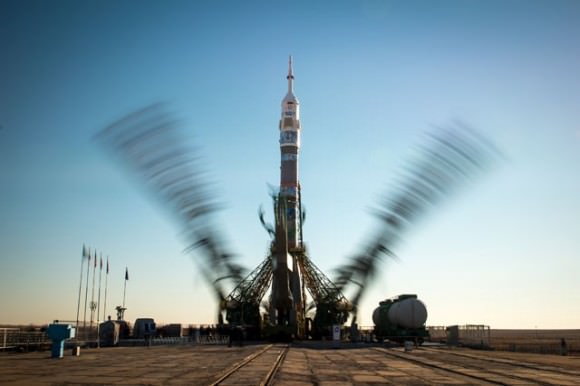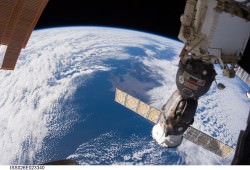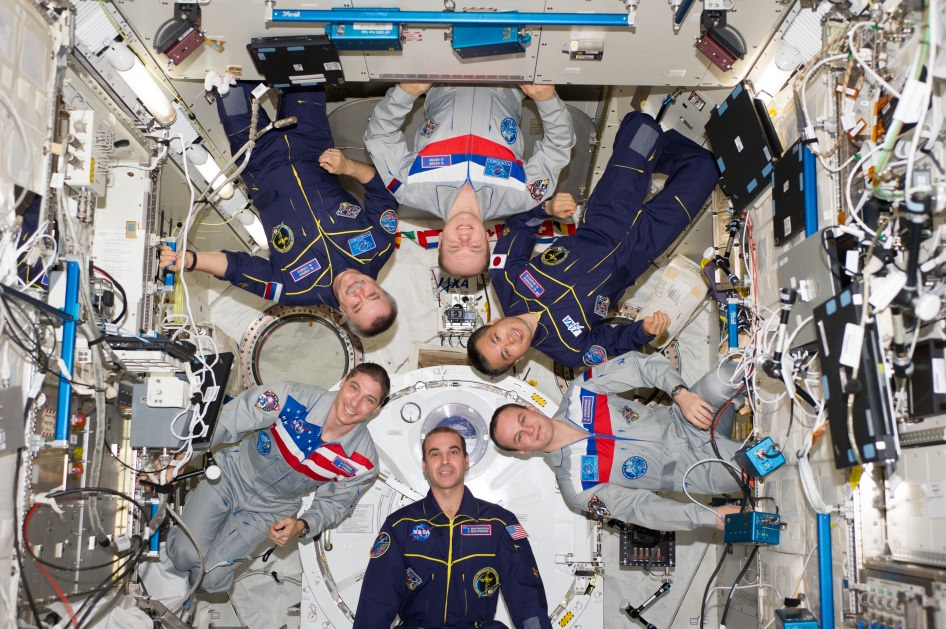Astronauts are expected to leave the International Space Station on schedule next week, and training continues on the ground, despite a crisis in Ukraine that is disrupting American and Russian relations, NASA’s administrator said on Tuesday (March 4).
Russian troops moved into the Crimea region of Ukraine last week, triggering condemnation from the United States and other International Space Station partners. At least one ISS participant, Canada, has removed its ambassador from Moscow.
“Everything is nominal right now in our relationship with the Russians. We continue to monitor the situation,” said NASA administrator Charles Bolden in a conference call with reporters.
“The safety of our crews and our assets that has not changed. Safety is the No. 1 of NASA’s core values, so we are constantly doing contingency planning on the International Space Station for emergencies that might arise,” Bolden added, citing the emergency ammonia pump replacement in December as one such example.
“Those are the kinds of things we are always planning for, and in terms of the situation on the ground, we will go into contingency planning for that as the situation dictates. But right now, we don’t see any reason to do so,” he said.

The Russian Soyuz is currently the only way that NASA can bring humans to the space station, although the agency is developing a commercial crew program to start lifting off astronauts from American soil again in 2017. The Soyuz missions depart and return from Kazakhstan under an agreement Russia has with the former Soviet Union republic.
Expedition 38 (which includes Russia’s Oleg Kotov and Sergey Ryazanskiy, and NASA’s Michael Hopkins) is expected to depart the space station March 10. Expedition 39 is scheduled to head to the ISS March 25.
Bolden avoided questions asking what sorts of contingencies NASA would consider if tensions escalated, saying the agency would evaluate that situation if it occurs.
The administrator delivered his comments as part of a conference call concerning NASA’s 2015 budget, which would increase funding for the commercial crew program to $848.3 million, up 21% from a planned $696 million in 2014. Proposals are currently being evaluated and little was said about CCP, except to note that the amount of funding would allow the program to have “competition”, implying multiple companies will be funded.

Russia was a key partner in the station’s construction from the beginning. It launched the first component (Zarya) to space in 1998, and the station today includes several other Russian modules and docking ports. Additionally, the Russians perform their own spacewalks using the Russian Orlan spacesuit. Cosmonauts also form a large percentage of ISS crews under space station utilization agreements.
NASA collaborations with Russia in space began with the Apollo-Soyuz Test Project in 1975, and expanded under an agreement that saw several shuttles dock with the Mir space station (and NASA astronauts train in Russia) in the 1990s.


Keep the vodka flowing to ISS and all will stay well